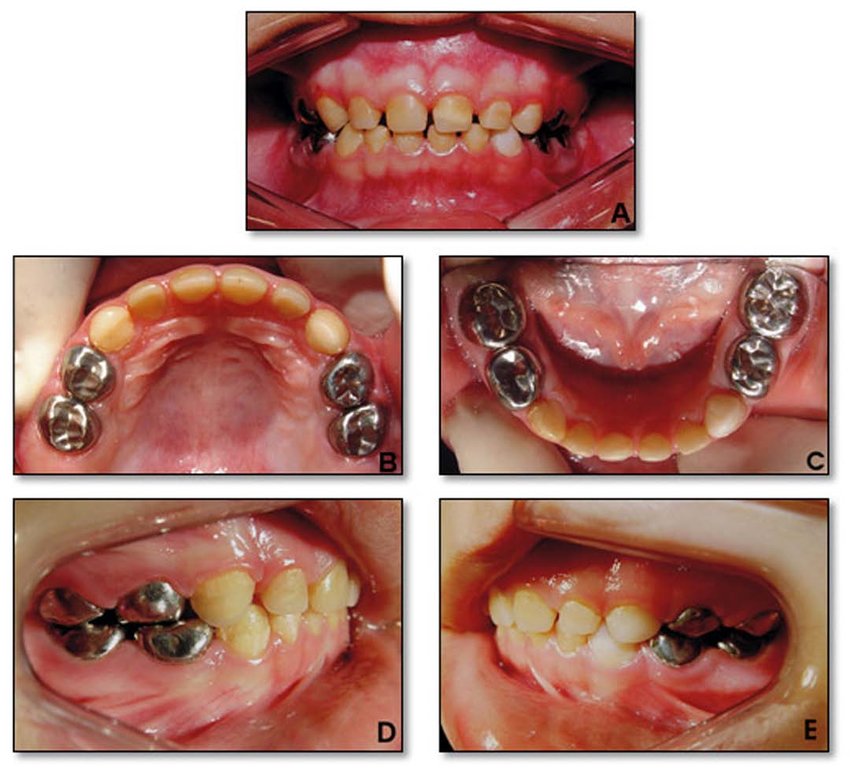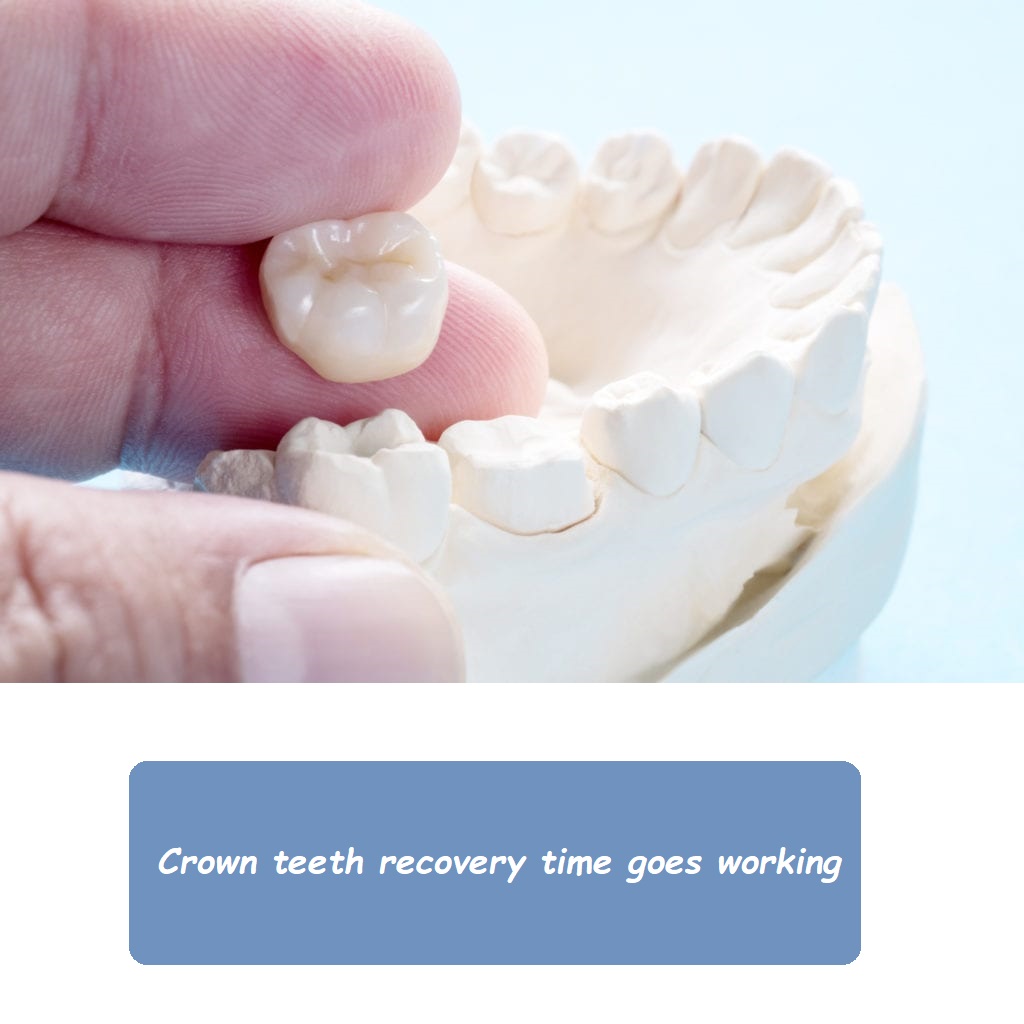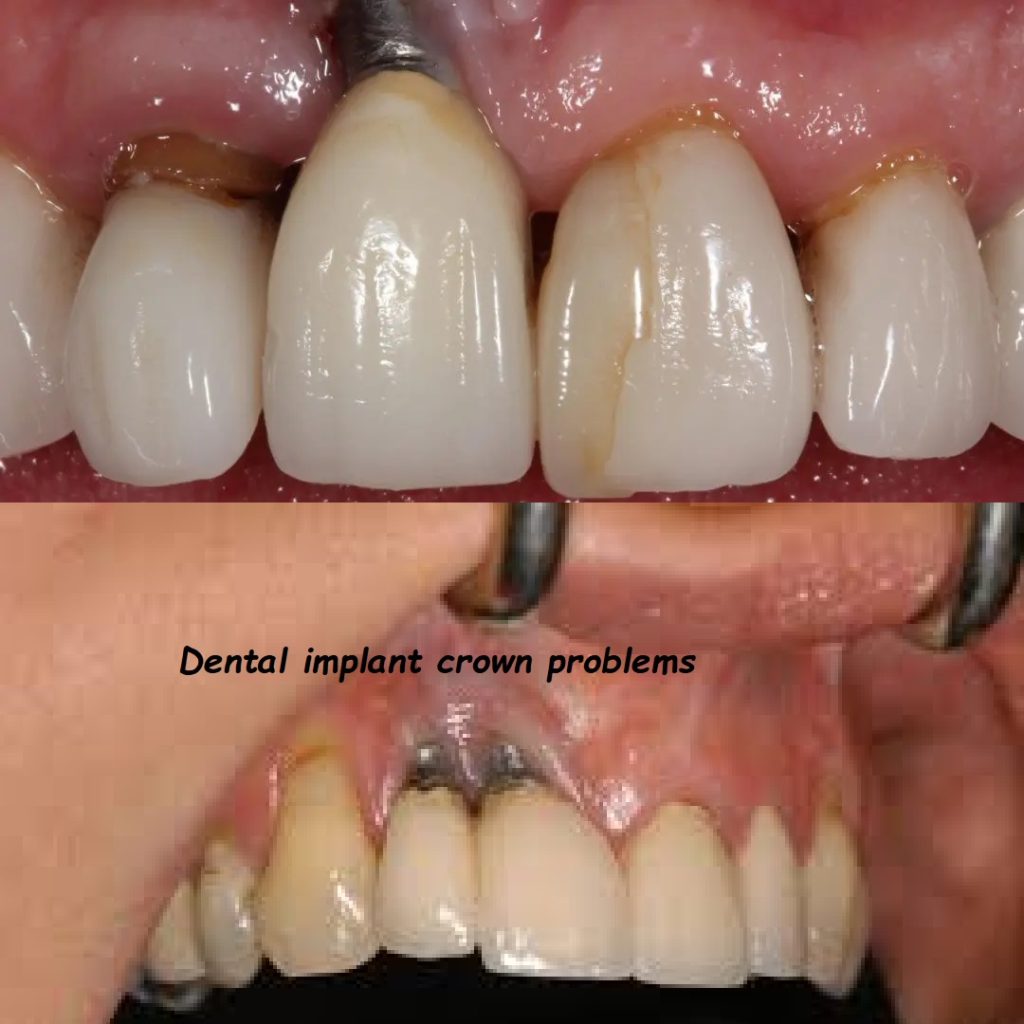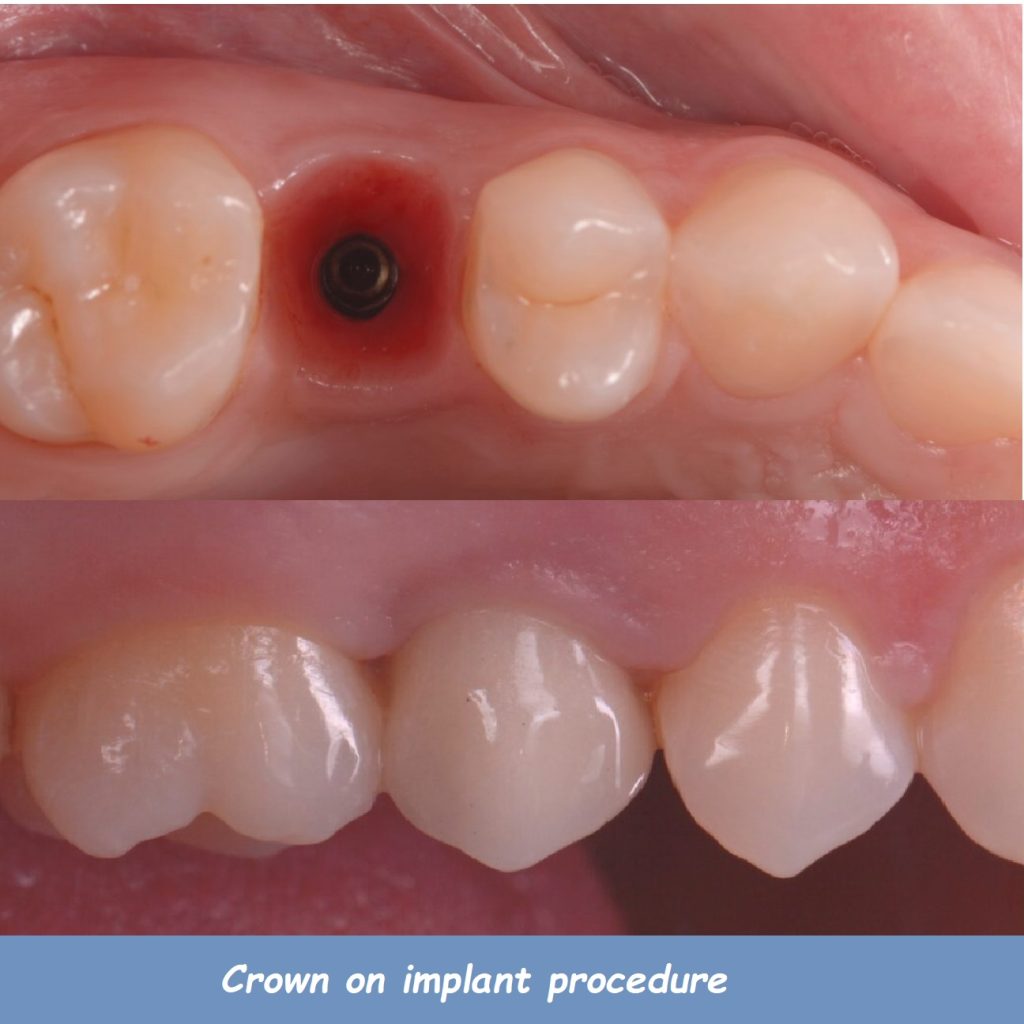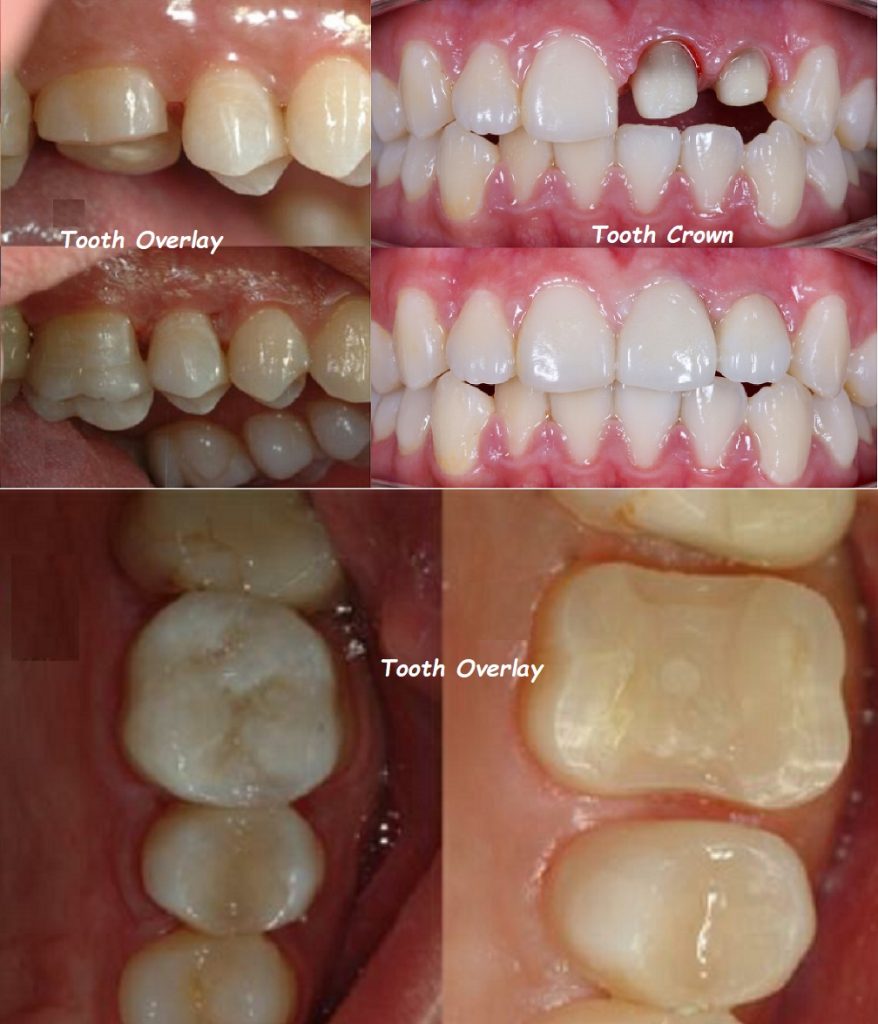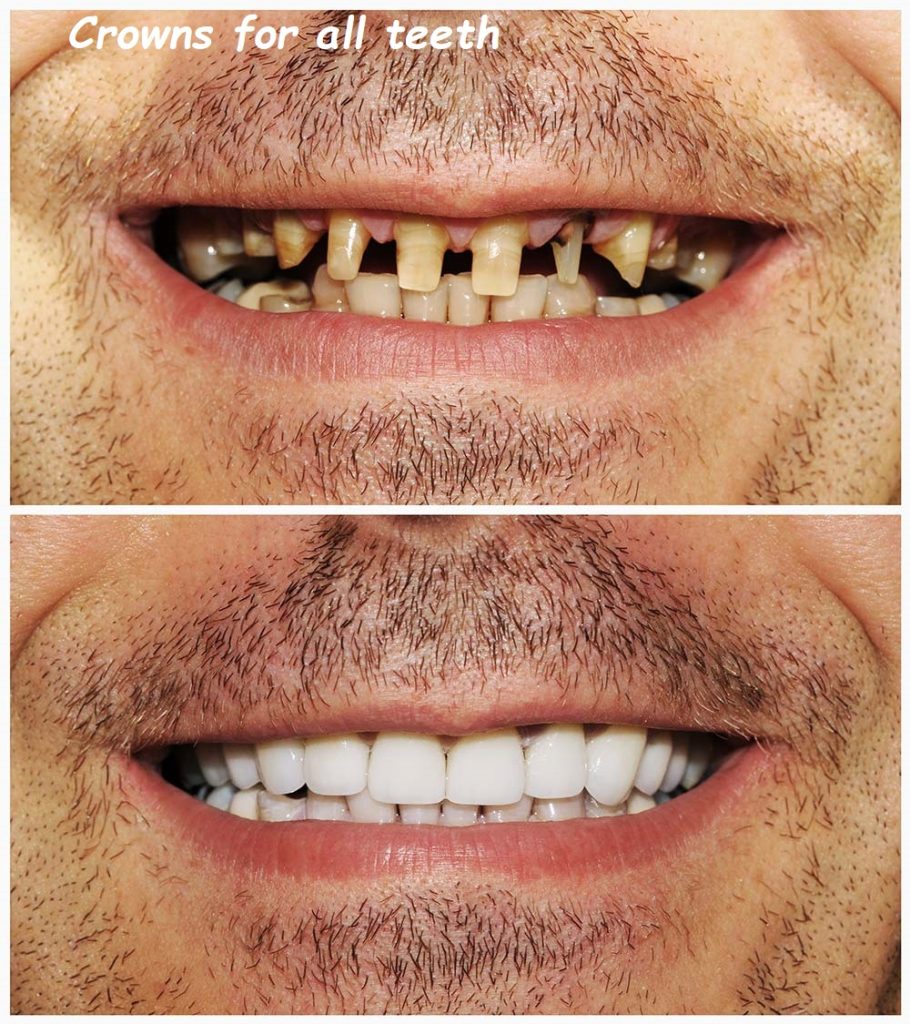Crown placement after implant

Crown Placement After Implant: What to Expect and How to Prepare
Getting a dental implant is an excellent solution for replacing missing teeth, offering a durable and natural-looking result. But the process isn’t complete until the final step: crown placement. The crown is the visible part of the tooth that sits on top of the implant, restoring the look and function of your smile. If you’ve recently had a dental implant or are planning to get one, you might be wondering, “What happens during crown placement after an implant? How should I prepare, and what can I expect?”
In this guide, we’ll walk you through the crown placement process after a dental implant, explain how to care for your new crown, and discuss what to expect during and after the procedure. Understanding these steps will help you feel more confident and ensure a smooth transition to your fully restored smile.
What Is Crown Placement After an Implant?
After the dental implant has been surgically placed in your jawbone and has successfully integrated with the bone—a process known as osseointegration—the final step is to place the crown. The crown is a custom-made prosthetic tooth that is attached to the implant, providing the appearance and functionality of a natural tooth.
How Does Crown Placement Work?
The crown placement process involves several steps, each crucial for ensuring a precise fit and a natural look. Here’s what you can expect:
1. Healing and Osseointegration
Before the crown can be placed, it’s essential that the implant has fully integrated with the jawbone. This process typically takes several months (usually three to six months), depending on your bone quality and overall health. During this time, the implant becomes a permanent part of your jaw, providing a stable foundation for the crown.
2. Abutment Placement
Once the implant has successfully integrated, the next step is to place the abutment. The abutment is a small connector piece that is attached to the implant and protrudes above the gum line. It serves as the base to which the crown will be attached. In some cases, the abutment may be placed at the same time as the implant, but it’s often done after osseointegration has occurred.
3. Impressions and Custom Crown Design
After the abutment is in place, your dentist will take an impression of your mouth. This impression is used to create a custom crown that matches the size, shape, and color of your natural teeth. The goal is to ensure that the crown blends seamlessly with your surrounding teeth, both aesthetically and functionally.
4. Crown Placement
Once your custom crown is ready, it’s time for the final placement. The dentist will check the fit and appearance of the crown before permanently securing it to the abutment. The crown may be cemented or screwed onto the abutment, depending on the specific implant system used. Your dentist will ensure that the crown fits comfortably and that your bite is properly aligned.
Types of Crowns Used After Implants
There are different types of crowns that can be placed on dental implants, each with its own advantages. The choice of crown material often depends on the location of the implant, your aesthetic preferences, and your budget. Here are some common options:
1. Porcelain or Ceramic Crowns
Porcelain or ceramic crowns are popular for their natural appearance and ability to blend seamlessly with surrounding teeth. They are ideal for front teeth or any visible areas of your smile, as they can be color-matched to your natural teeth.
2. Porcelain-Fused-to-Metal (PFM) Crowns
PFM crowns combine the aesthetic appeal of porcelain with the strength of a metal base. While the metal provides durability, the porcelain outer layer ensures a natural look. These crowns are often used for both front and back teeth.
3. Zirconia Crowns
Zirconia crowns are known for their exceptional strength and durability, making them an excellent choice for back teeth where more pressure is applied. Zirconia can also be color-matched to your natural teeth, providing both strength and aesthetics.
4. Gold Crowns
Gold crowns are less common today but are still used for their durability and biocompatibility. While not as natural-looking as other materials, gold crowns are very strong and resistant to wear, making them a good option for back teeth.
Preparing for Crown Placement After an Implant
Proper preparation can help ensure a smooth and successful crown placement. Here are some tips to help you get ready:
1. Follow Post-Implant Care Instructions
After your implant surgery, your dentist will provide specific care instructions to promote healing and ensure successful osseointegration. Follow these instructions closely, including maintaining good oral hygiene, avoiding certain foods, and attending all follow-up appointments.
2. Discuss Crown Options with Your Dentist
Before your crown placement, discuss the different crown materials and options with your dentist. They can help you choose the best type of crown based on your needs, preferences, and the location of the implant.
3. Prepare for the Appointment
On the day of your crown placement, it’s best to eat a light meal before your appointment, as you may experience some discomfort afterward. Make sure to brush and floss your teeth thoroughly to ensure a clean environment for the crown placement.
4. Arrange Transportation if Needed
If you’ve had sedation during your previous appointments or if you’re feeling anxious, consider arranging for someone to drive you to and from the dental office. While crown placement is usually straightforward, it’s important to prioritize your comfort.
What to Expect After Crown Placement
After your crown has been placed, it’s normal to experience some minor discomfort or sensitivity as your mouth adjusts. Here’s what you can expect during the recovery period:
1. Initial Discomfort
You may experience some mild discomfort, sensitivity, or pressure around the implant site for a few days after the crown is placed. Over-the-counter pain relievers can help manage any discomfort, and it should subside within a short period.
2. Bite Adjustment
Your dentist will ensure that your crown fits properly and that your bite is aligned, but it’s not uncommon to notice minor adjustments needed after the crown is placed. If your bite feels off or you experience discomfort when chewing, contact your dentist to have the crown adjusted.
3. Oral Hygiene Maintenance
Maintaining good oral hygiene is essential for the longevity of your implant and crown. Brush your teeth at least twice a day and floss daily, taking care to clean around the implant and crown. Consider using an interdental brush or water flosser to reach difficult areas.
4. Avoid Hard or Sticky Foods
In the first few days after crown placement, it’s best to avoid hard, sticky, or crunchy foods that could put pressure on the new crown or cause discomfort. As your mouth adjusts, you can gradually reintroduce these foods into your diet.
5. Regular Dental Check-Ups
Continue to visit your dentist regularly for check-ups and cleanings. Your dentist will monitor the condition of your implant and crown, ensuring everything remains in good shape and addressing any issues early on.
Caring for Your Crown and Implant
To ensure the long-term success of your dental implant and crown, it’s important to follow a consistent oral care routine. Here are some tips to keep your implant and crown in top condition:
1. Brush and Floss Daily
Brush your teeth with a soft-bristled toothbrush and non-abrasive toothpaste. Pay special attention to the area around the crown and implant, and floss daily to remove plaque and food particles.
2. Use an Antibacterial Mouthwash
Rinsing with an antibacterial mouthwash can help reduce plaque and bacteria around the implant, protecting your gums and overall oral health.
3. Avoid Bad Habits
Avoid habits that could damage your crown, such as chewing on ice, biting your nails, or using your teeth to open packages. These actions can put undue pressure on the crown and lead to cracks or fractures.
4. Wear a Night Guard if Needed
If you grind or clench your teeth at night, ask your dentist about a night guard. Grinding can put excessive pressure on the crown and implant, potentially leading to damage over time.
5. Stay Hydrated
Dry mouth can contribute to plaque buildup and gum irritation. Drinking plenty of water throughout the day helps keep your mouth moist and promotes healthy saliva production.
Frequently Asked Questions
1. How long after implant placement can I get the crown?
The crown is typically placed three to six months after the implant surgery, once the implant has fully integrated with the jawbone. However, the exact timing depends on your individual healing process and your dentist’s recommendations.
2. Will the crown look like my natural teeth?
Yes, the crown is custom-made to match the color, shape, and size of your natural teeth. Your dentist will work with you to ensure the crown blends seamlessly with your smile.
3. Is crown placement painful?
Crown placement is generally not painful, as the procedure involves securing the crown to the abutment rather than invasive surgery. You may experience some mild discomfort or sensitivity afterward, but this typically subsides within a few days.
4. How long does a crown on an implant last?
With proper care, a crown on an implant can last 10-15 years or even longer. Regular dental check-ups and good oral hygiene are key to extending the life of your crown.
5. Can the crown on my implant be replaced?
Yes, if your crown becomes damaged or worn over time, it can be replaced without affecting the underlying implant. Your dentist can remove the old crown and place a new one to restore the appearance and function of your tooth.
Conclusion: Completing Your Smile with Crown Placement After an Implant
Crown placement is the final step in the dental implant process, bringing your treatment journey to a successful close. With a well-placed crown, you’ll enjoy a restored smile that looks and feels natural, allowing you to eat, speak, and smile with confidence.
By understanding the crown placement process, preparing properly, and maintaining good oral hygiene, you can ensure the long-term success of your implant and crown. If you have any questions or concerns about the procedure, don’t hesitate to discuss them with your dentist—they’re there to help you achieve the best possible outcome.
Have you recently completed the dental implant process? What was your experience like, and do you have any tips for others about to undergo crown placement? Sharing your story can provide valuable insights for those who are on a similar journey. Feel free to leave a comment below and join the conversation!
With the right care and attention, your dental implant and crown will provide you with a beautiful, functional smile for many years to come.


